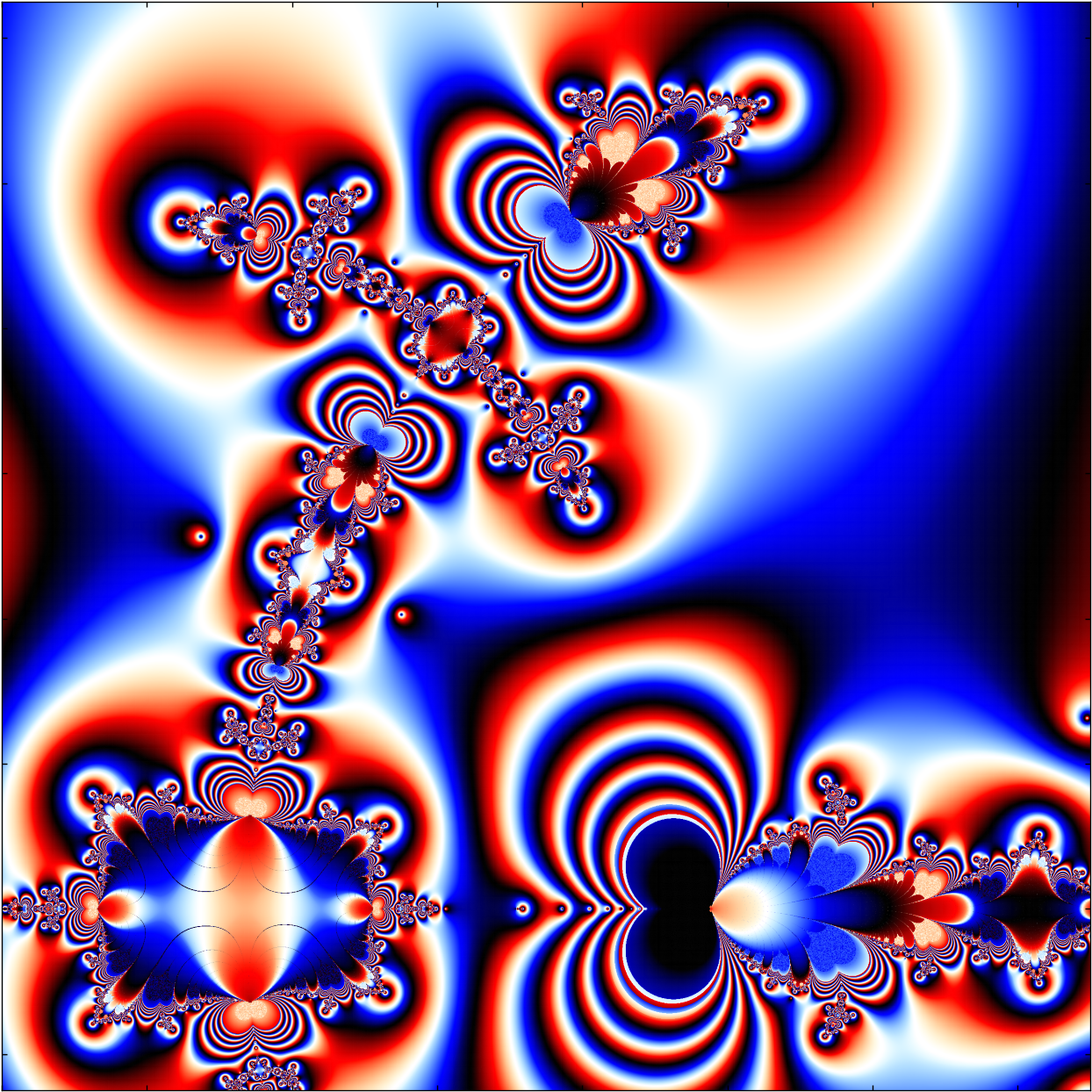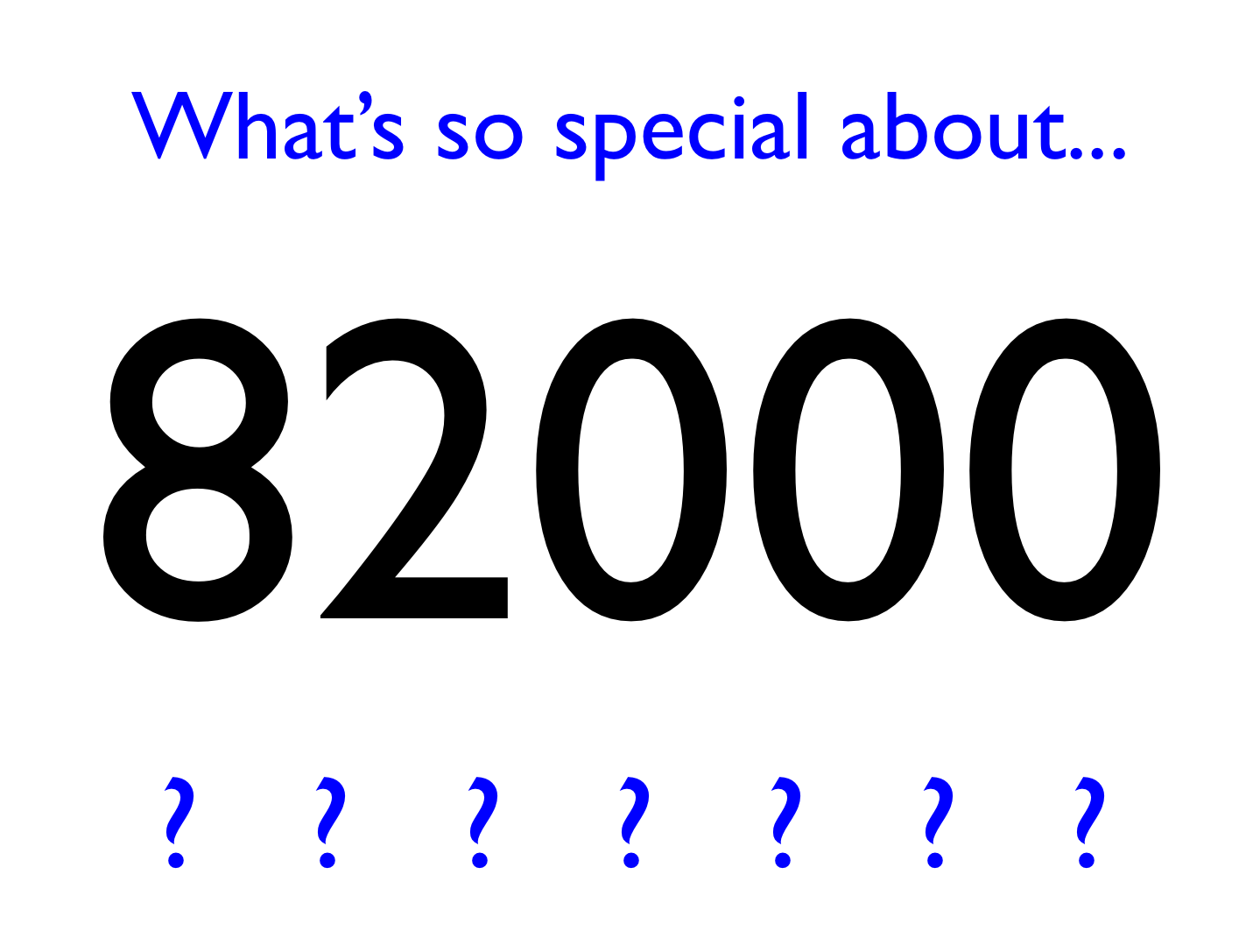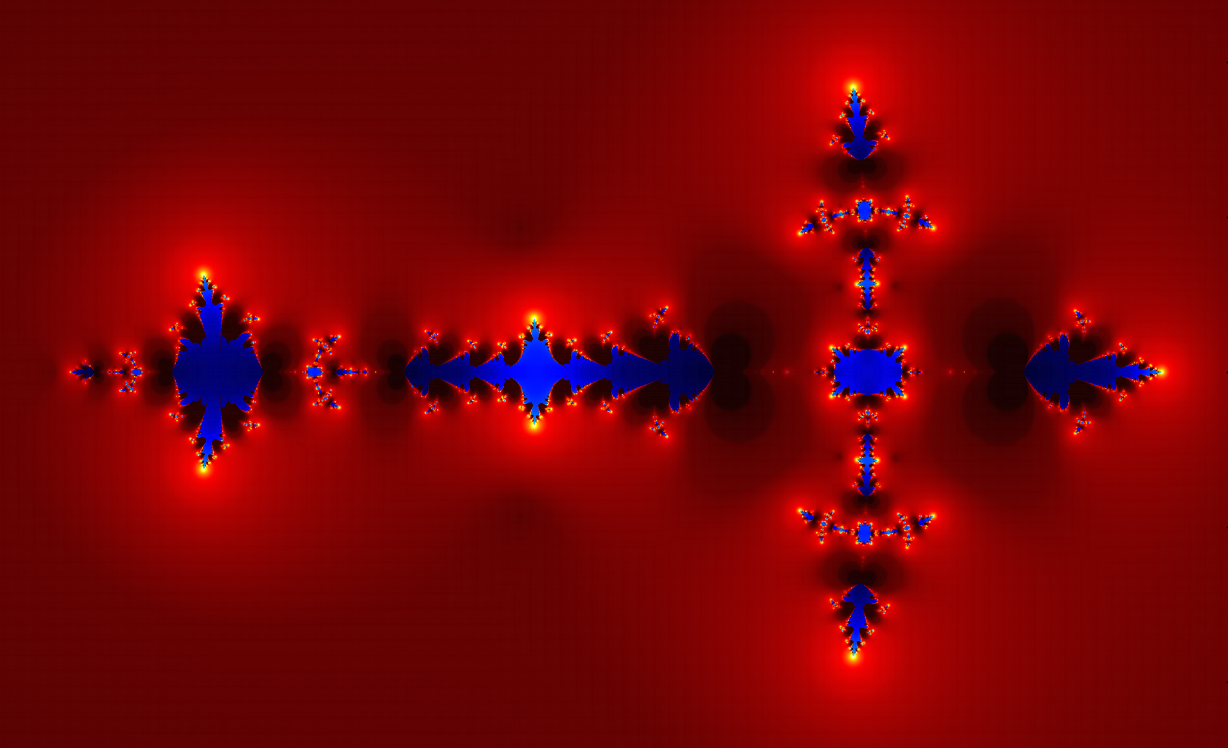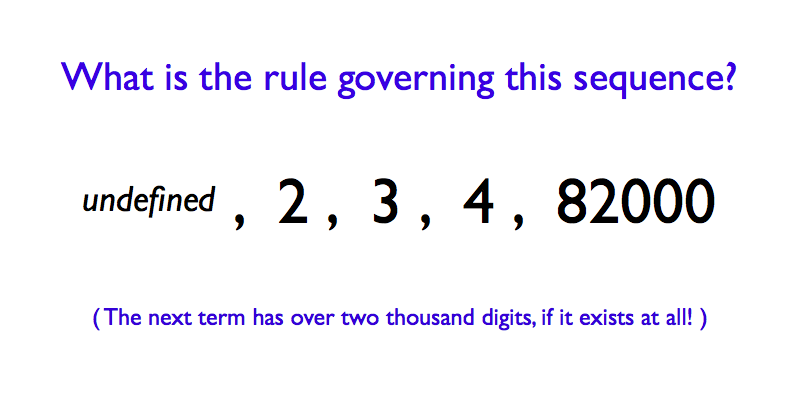The solution to Puzzle #4 is now up. Either follow the links from the puzzle itself HERE, or, if you have seen the question already, click HERE to go straight to the solution.
As I mentioned previously, I think this is a good puzzle for mathematics learners at GCSE level or for those setting out on A-level courses, both for checking up on basic algebraic understanding and for illustrating some specific problem-solving skills. I have summarised the key learning points that I think the puzzle raises on the solution page.






